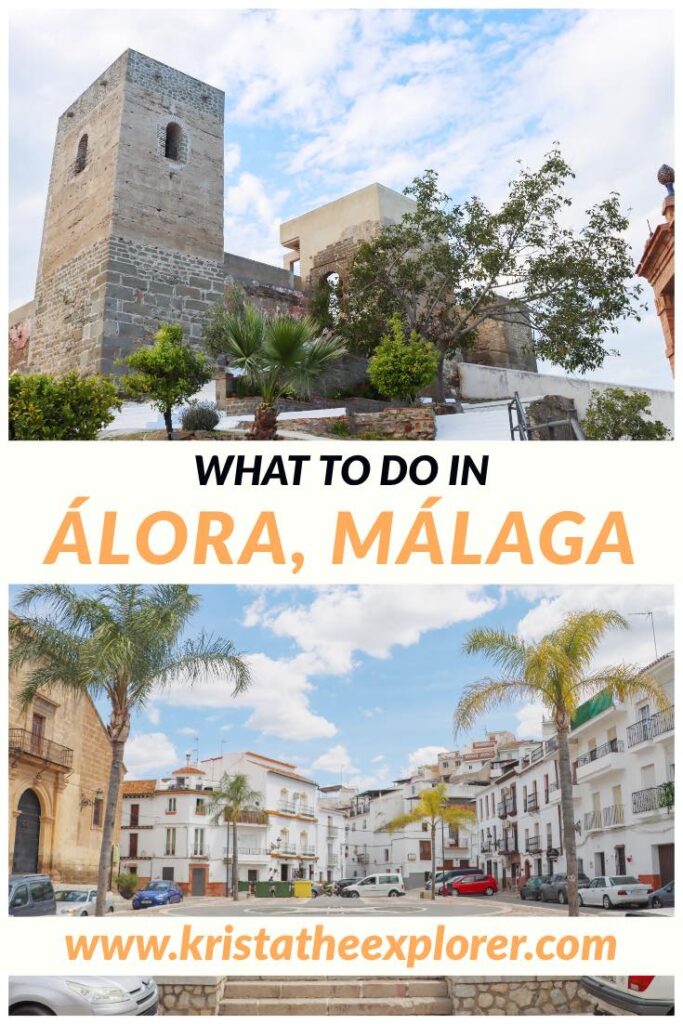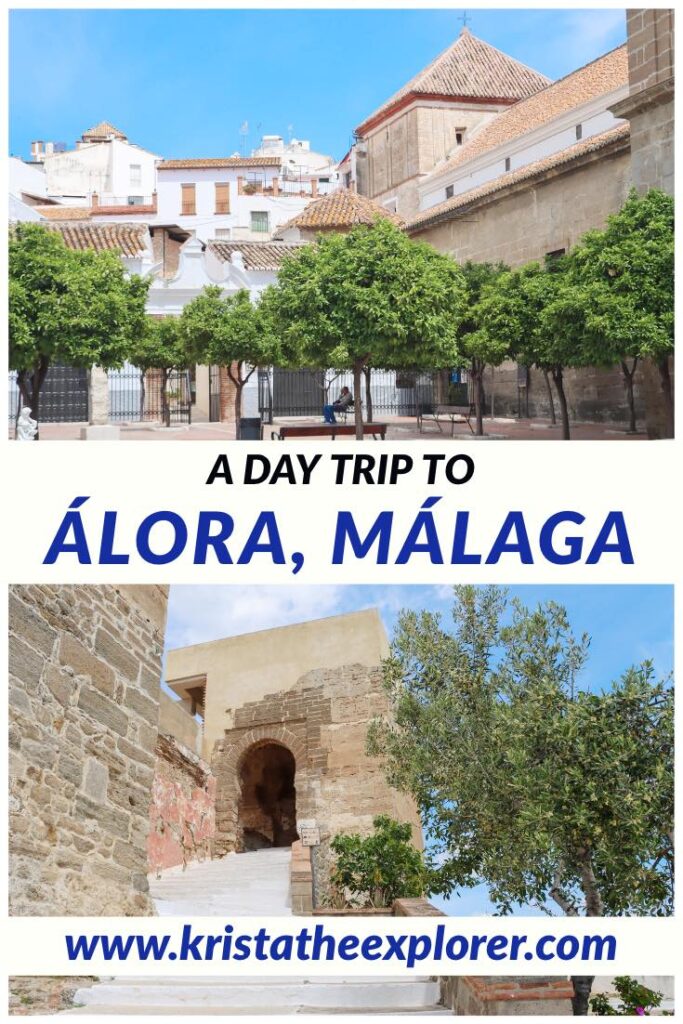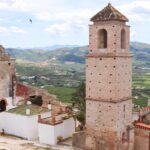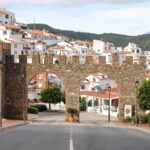Alora isn’t your typical whitewashed village in Andalusia, and its small size doesn’t take away from its deep rooted history or its unique points of interest. So, if you’re wondering what to do in Alora during a day trip from Malaga, you’ll be pleasantly surprised to find that there are a lot of things to do in Alora. In my opinion, Alora is one of the more unique places in the province of Malaga to visit. It sits only a few miles away from Caminito del Rey too, which is one of the most popular attractions in Andalusia.
The history of Alora dates back to prehistoric times, but it was the Phoenicians, and later the Romans, who really began to develop the village and build its foundations. By the 9th century, Alora had become a stronghold for the rebellious leader Umar ibn Hafsun. He was against the rule of the Emirate of Cordoba, and it wasn’t until the late 15th century that the Christians were able to gain control of the village.
Alora is surrounded by hills on 3 sides, with the Guadalhorce River running past it, which is why the area is also very popular for growing fruits and vegetables, as well as for people wanting to go hiking. Alora is a major hidden gem near Malaga to visit. If you’re thinking of stopping here during your trip to southern Spain, here are my recommendations on what to do in Alora.
What to do in Alora
Plaza Baja de la Despedia
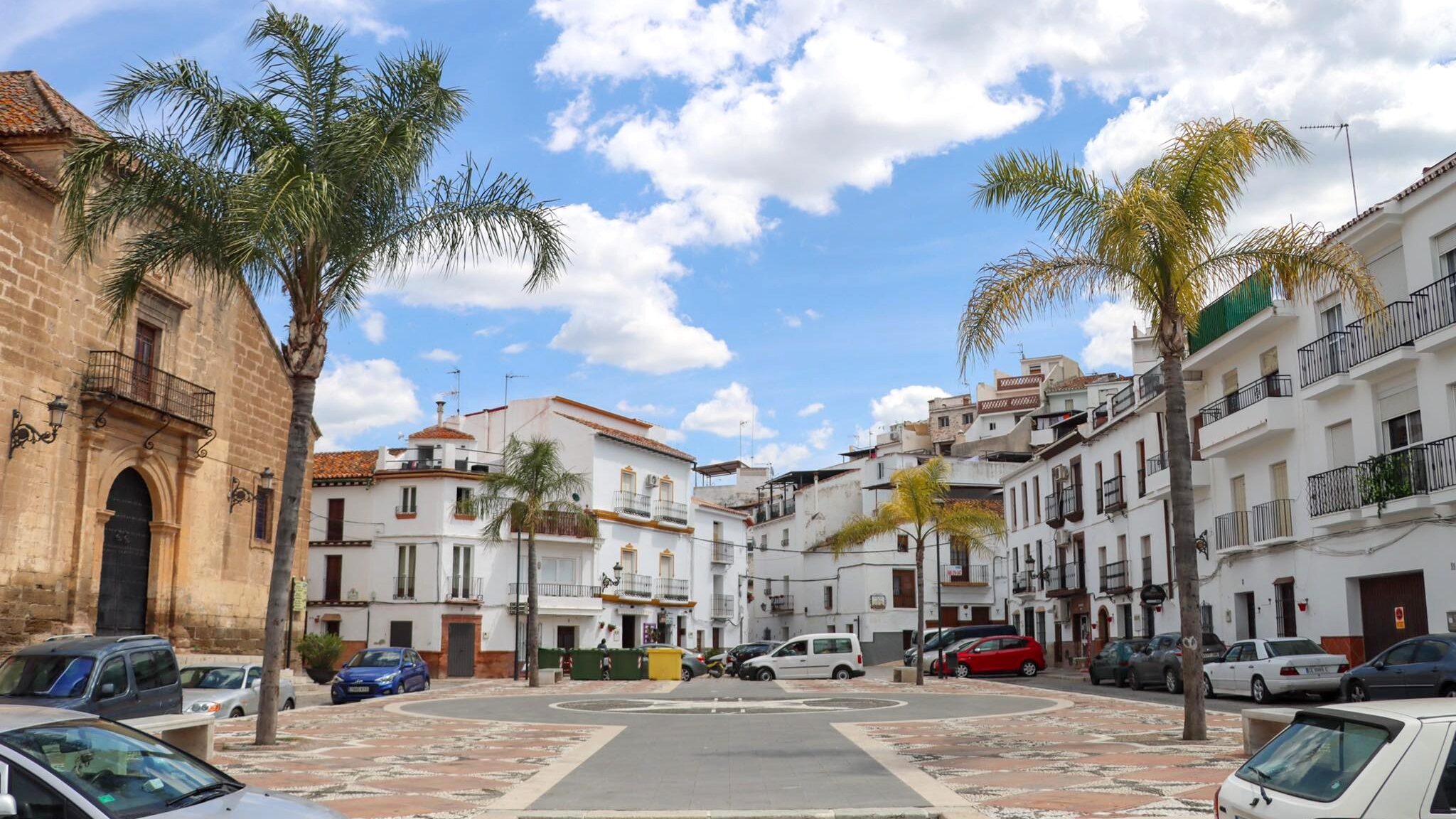
Plaza Baja de la Despedia will probably be the first attraction in Alora you’ll come across. This is where a lot of the main points of interest are located, so I would make this plaza your starting point. The plaza is where the village holds its Holy Week celebrations, and its considered to be the lowest part of the village.
There are some parking spaces here but I wouldn’t recommend driving through the village’s narrow streets. There’s actually a very large free parking lot a 10 minute walk from the plaza which also has very fancy outdoor toilets for the public to use.
Parroquia de Nuestra Señora de la Encarnacion
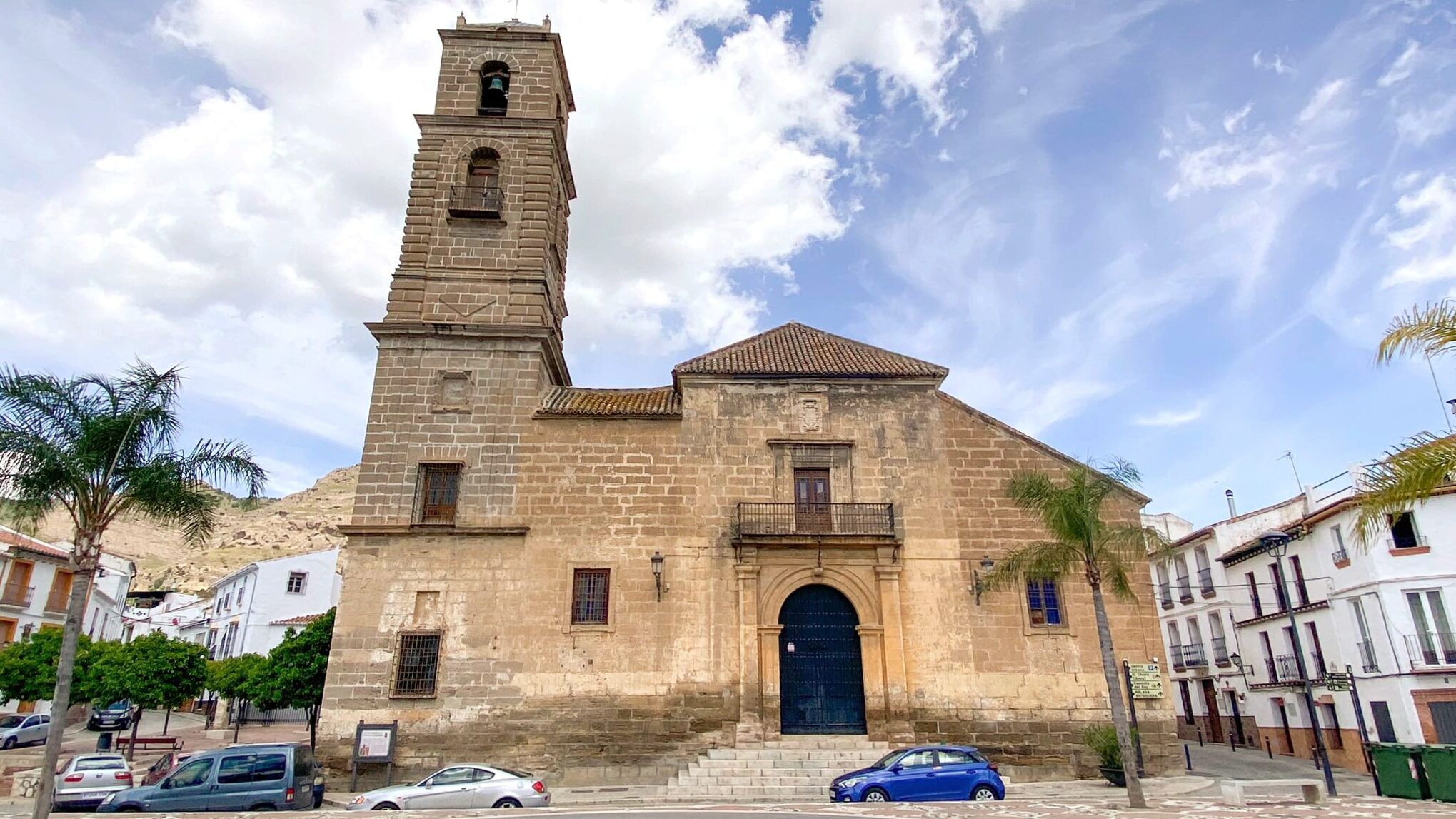
Parroquia de Nuestra Señora de la Encarnacion is located in the main plaza, and is one of the largest baroque style churches in the Province of Malaga. Building began on this church in 1500, on the site of the castle’s mosque, but it wasn’t completed until 1699. Hopefully when you plan your trip to Alora the church doors will be open. It has a beautiful interior which I was encouraged to go and take a look at by the locals sitting outside.
Museo Municipal Rafael Leria
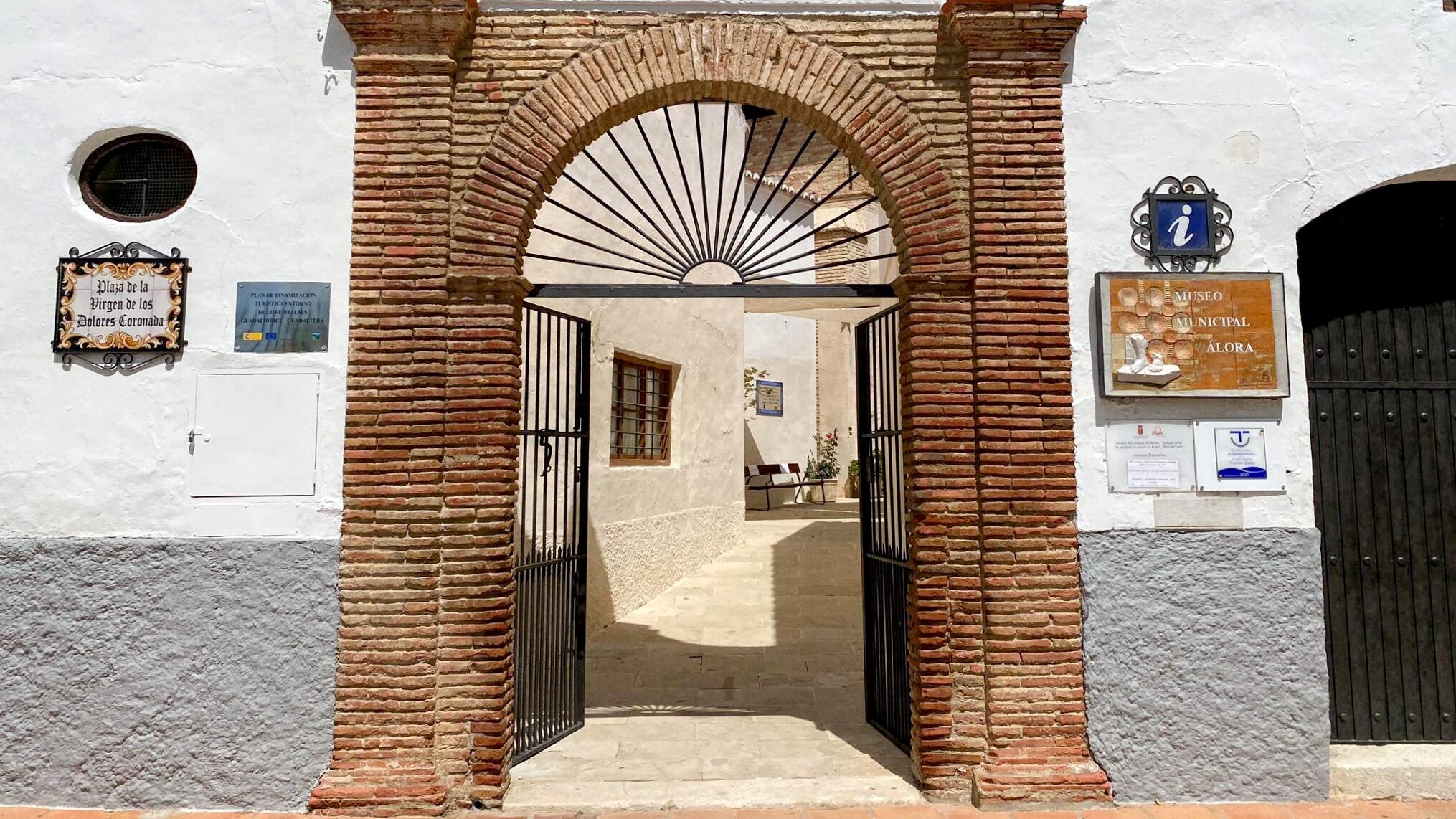
Located directly next to the entrance of the church is Museo Municipal Rafael Leria. This museum is where you can learn more about the history and culture of Alora as well as its artistic heritage. The building that it sits in dates back to the 16th century, and may have been part of the chapel of a hospital that was built by the Catholic monarchs. It’s open most days, but only for a few hours so I would suggest checking its opening times.
Mirador de Cervantes
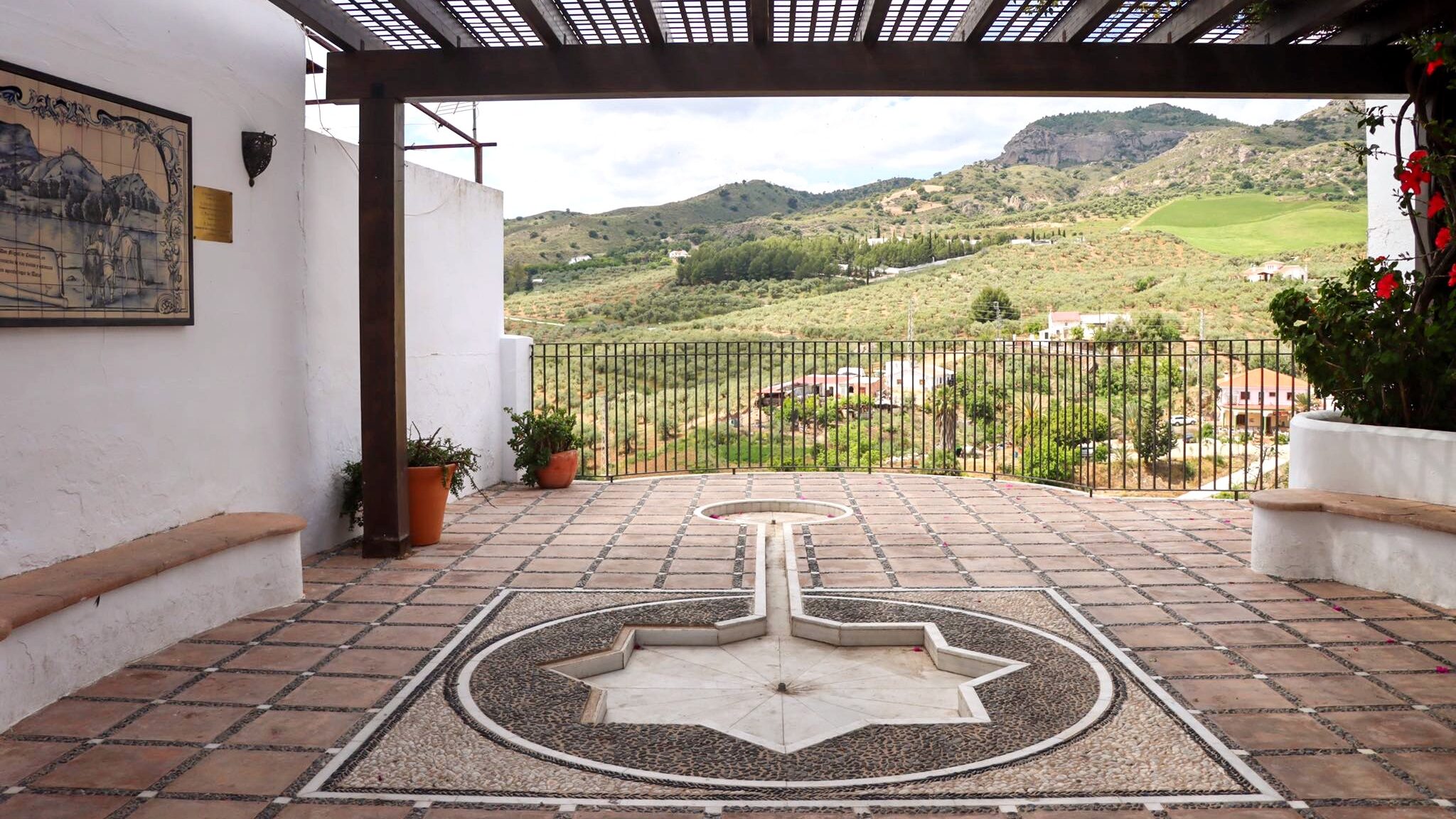
Due to its location, Alora certainly isn’t short on fantastic viewpoints. One of the main viewpoints is Mirador de Cervantes. You can find it on the near side of the main plaza as you make your way up towards the castle. There’s a fountain in the centre of it and it’s shaded too, making it a nice spot to sit to get out of the sun.
The weather in Alora can get quite hot during the summer months, and the walk up to the castle is a bit steep, so you’ll be thankful for this little seating area. The viewpoint is named after the famous Spanish writer Miguel de Cervantes, who you may know as the author of Don Quixote. You’ll find a ceramic tiled image of one of the scenes from the novel on the wall next to this viewpoint.
Explore the streets of Alora
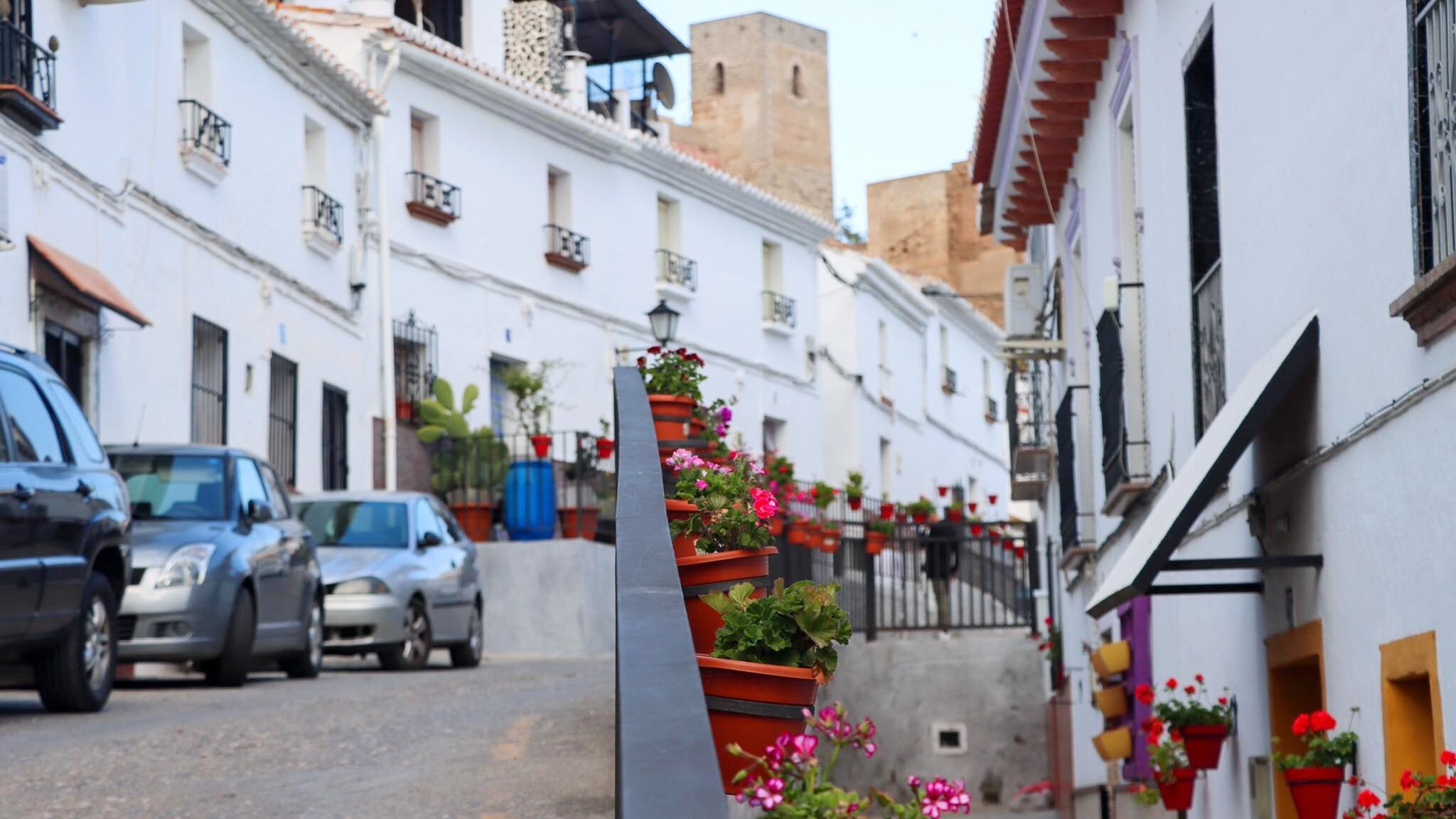
Many of the streets in Alora are purely residential ones, but a lot of them are beautifully decorated and are worth walking down. One of my favourite streets in Alora is Calle Ancha, which you’ll come across if you’re making your way up to the Arabic castle. The street is lined with colourful flowers and some of the whitewashed houses have beautiful tile work on the outside of them. When I was planning what to do in Alora during my day trip from Malaga, I hadn’t considered walking around some of its streets but I’m glad I took the time to.
Castillo Arabe
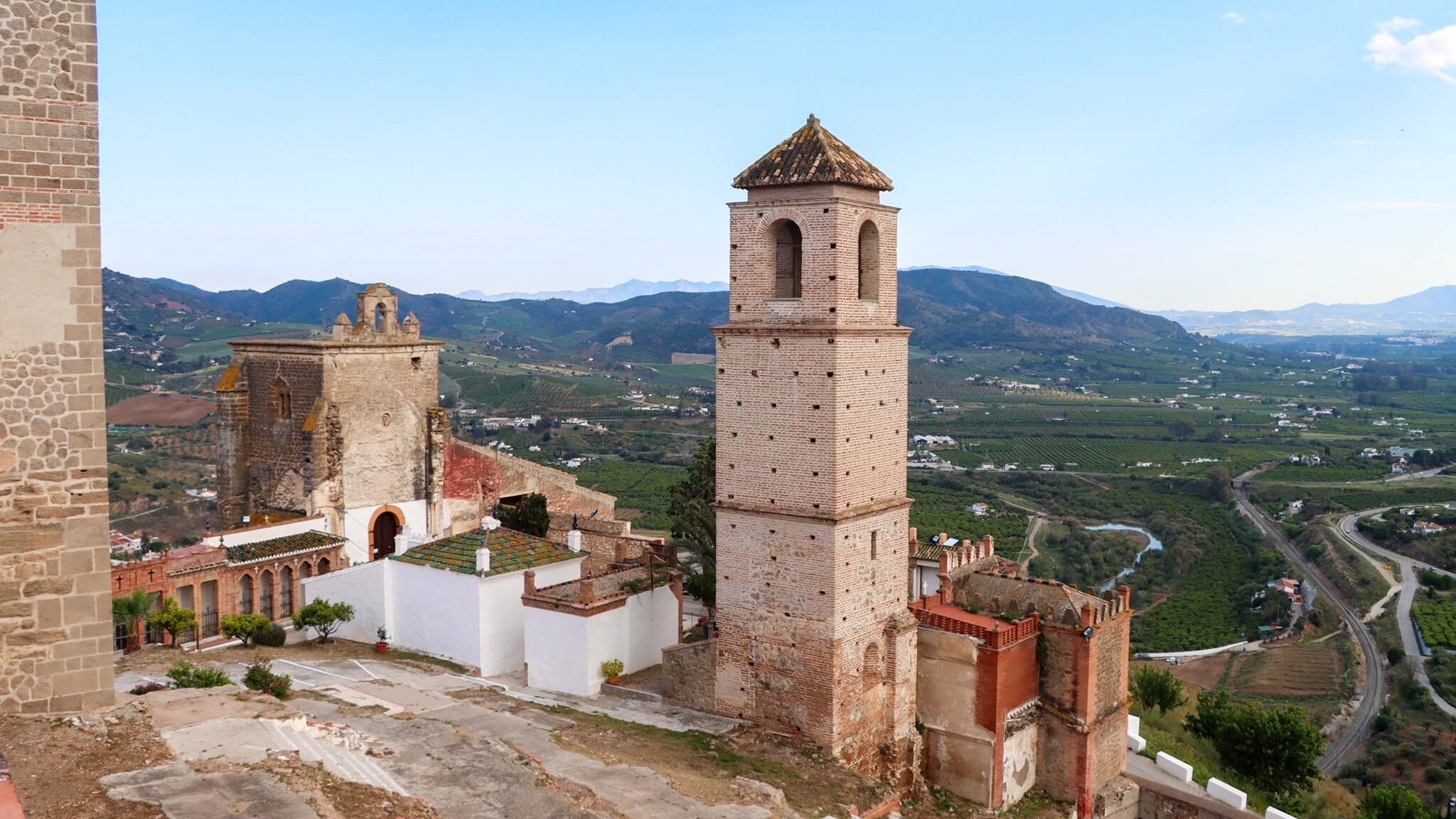
Castles in the province of Malaga are not hard to come by. So far, one of the most impressive and unique ones that I’ve come across is Castillo Arabe in Alora. It sits at the top of a hill overlooking the whitewashed village, and is Phoenician in origin. Much of the castle dates back to the 5th century when the Arabs began to rebuild on its Roman fortifications following its destruction by the Visigoths.
As you walk through the castle grounds, you’ll also notice it looks a bit like a cemetery. That’s because it was used as one for over 200 years until it was declared a National Historic Monument. Only 2 towers of the castle remain, as well as a gorgeous Arab archway, but there’s more restoration work taking place in an attempt to restore it to its former glory. The castle is completely free to enter and doesn’t close until 7pm, so you’ll have plenty of time to visit.
Take in the views from the castle
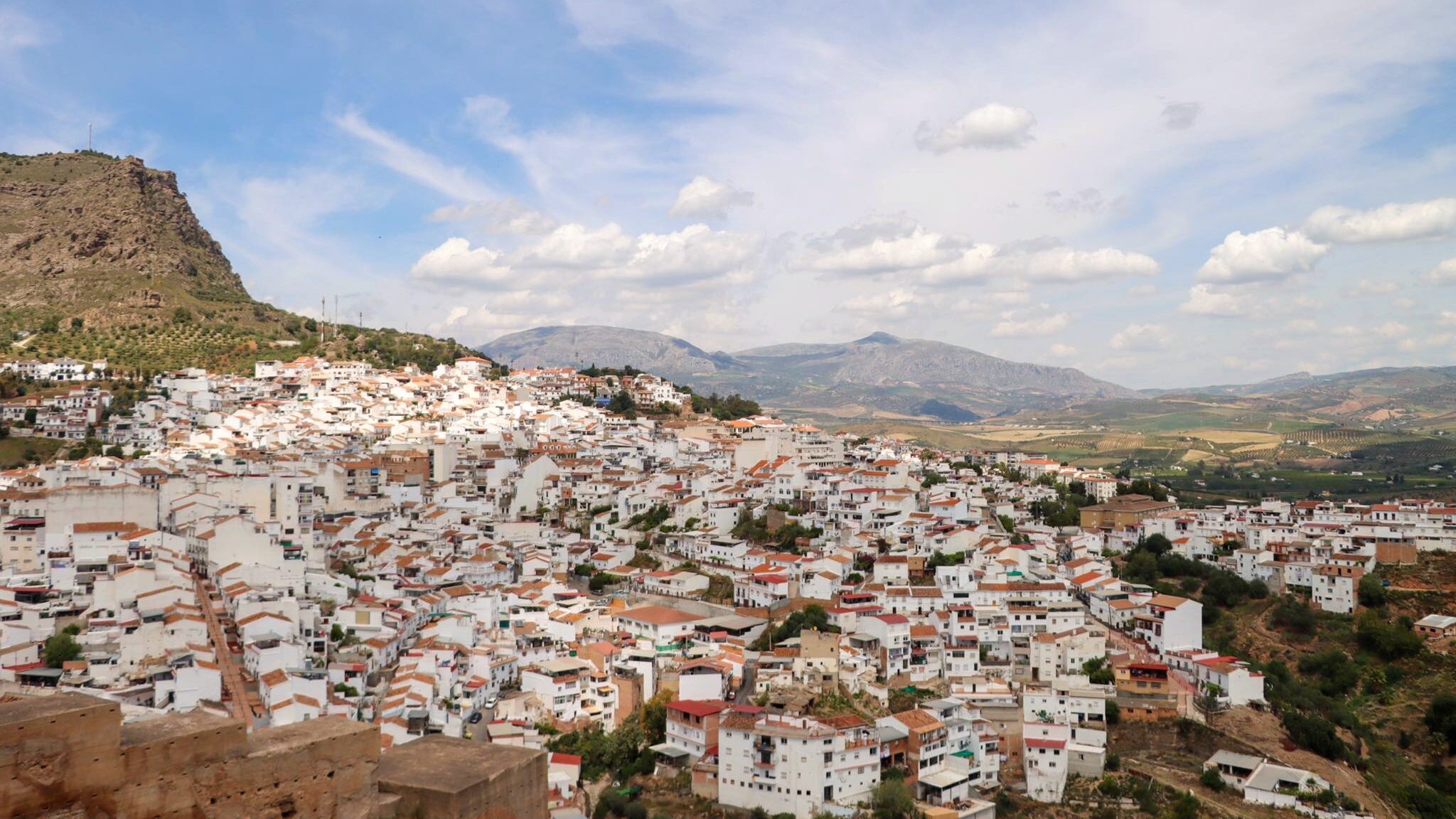
After passing through the Arab archway of the castle, you’ll come out into a large square courtyard that provides you with views in every direction. This is also where one of the restored towers is located. You can climb up the iron steps and go inside of it for an even higher view of the area. We even spotted some wild horses roaming around in the fields and a few protected birds. Since Alora isn’t touristy, you may get lucky like we did and have the whole castle to yourself.
Ermita del Calvario

While I was figuring out what to do in Alora, I came across a couple of attractions that were a little bit outside of the village’s centre. They’re interesting enough to add to any list of places to visit in Alora though. Ermita del Calvario was one of these spots.
It was built quite recently, at the end of the 20th century, as a replacement for the former temple that was hit by lightning. There’s a spectacular viewpoint next to it that offers a lovely view of the valley below too. You’ll definitely need a car to get here, but the streets aren’t too narrow to drive through so you shouldn’t have any problems getting to it.
Santuario Nuestra Señora de las Flores
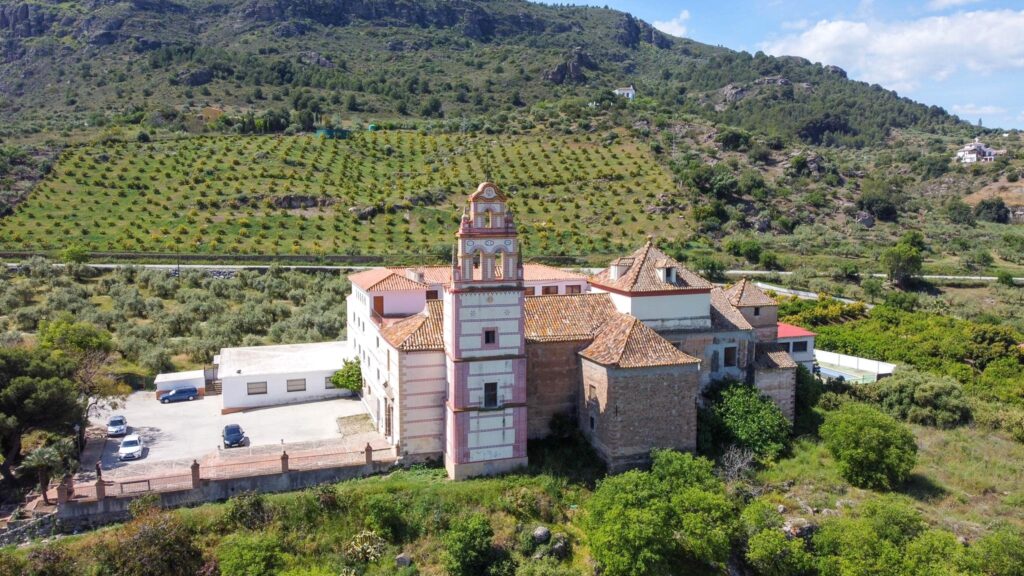
There are a lot of beautiful places near Malaga to explore, as well as numerous white villages in Andalusia to drive to. While following my list of what to do in Alora, one of the most surprising things I came across was the beautiful Santuario Nuestra Señora de las Flores (Our Lady of Flowers Sanctuary). It’s a 16th century convent that was later expanded in the 18th century.
The views from here are incredible as well, and it seems to be a popular place for locals to meet and have a chat. It’s located less than 10 minutes from the village’s centre by car, or you can walk to it but it’s an uphill climb.
I would consider Alora to be a secret spot in Malaga to visit, which is often bypassed by people heading to El Chorro and Caminito del Rey. It’s probably one of the best villages near Malaga to visit, and well worth spending a least a few hours at. There are plenty of places you can visit during a road trip in southern Spain, but if you happen to be in this area, Alora really should be added to your list – especially if you love castles. And now you know exactly what to do in Alora too!
Have you ever driven around the area surrounding Caminito del Rey? If you have, I’d love to hear which places you stopped at and if you have any recommendations about which villages I should visit. I’m also happy to answer any questions you may have about what to do in Alora. You can also get in touch with me via Instagram and follow my adventures there too!
This post may contain affiliate links, which means I may earn a commission from the discount codes used or when a link/ad is clicked. All purchases made will come at no extra cost to you, and I only include products and services that I would personally recommend.
Pin this blog post for later!
